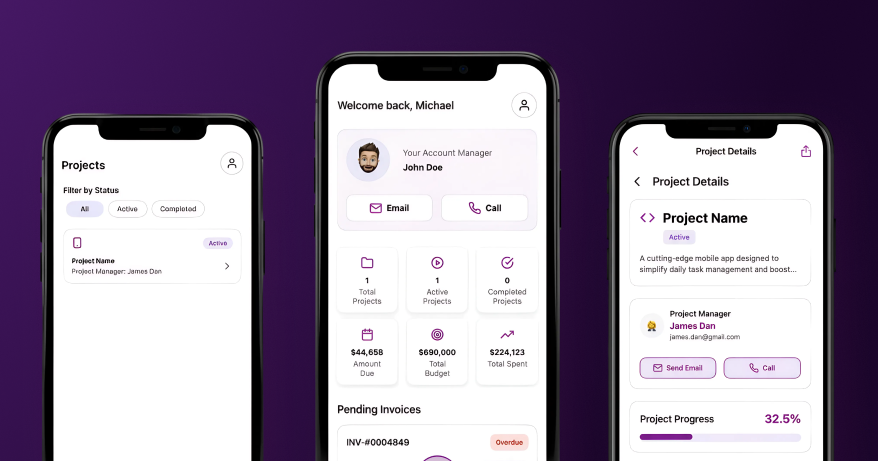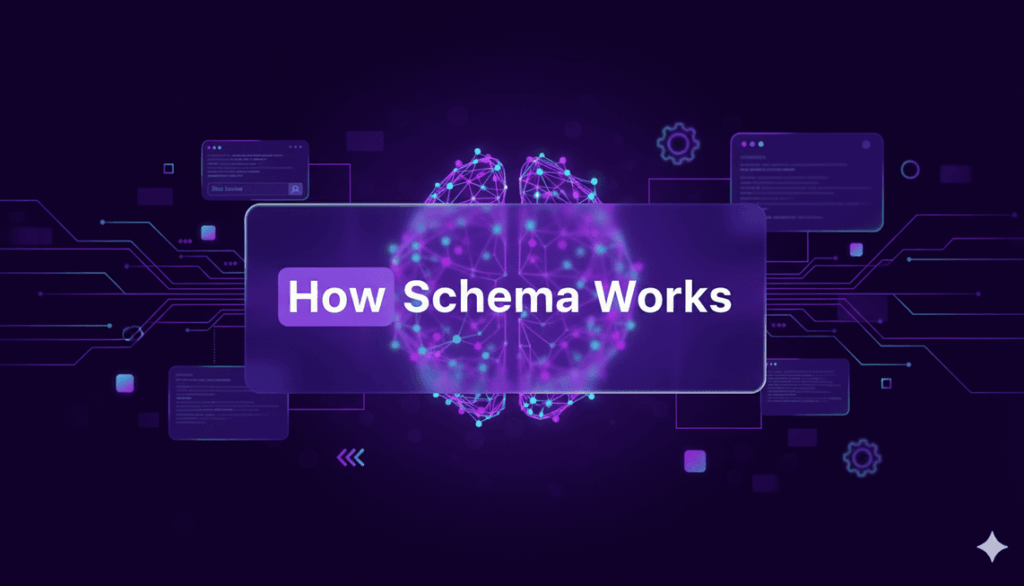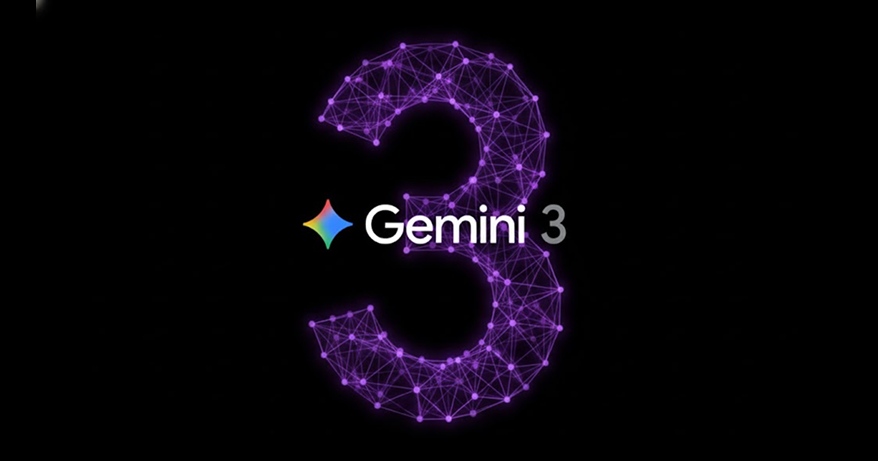Under the conventional cybersecurity model, companies frequently relied on a strong perimeter defense—a castle-and-moat strategy whereby everything inside the network was trusted by default and everything outside was not. But as cloud computing, remote work, mobile devices, and sophisticated cyberthreats become more common, this perimeter has become progressively porous and, in many cases useless. Emerging as a response to this changing scene, the Zero Trust security model provides a more strong and flexible means of safeguarding current applications and data. The ideas of Zero Trust Architecture, its advantages, implementation techniques, and reasons it’s so important for modern digital companies are discussed in this post.
Describe Zero Trust Architecture.
Based on the tenet of “never trust, always verify,” Zero Trust is a security model Inspired by John Kindervag in 2010 while he was working at Forrester Research, the central thesis is that companies shouldn’t automatically believe anything inside or outside of their borders. Rather, before access is granted every user, device, application, and network flow trying to access resources must be verified and validated; access should be limited to only what is absolutely necessary.
Zero Trust holds that threats can come from anywhere, even inside the company, unlike conventional models that give wide access once a user or device is on the network. Operating under the presumption of an assumed breach, it means that security policies are created as though an attacker is already on the network.
Fundamental ideas driving a Zero Trust Architecture consist in:
Check Explicitly: Based on all the data points—user identification, location, device health, service or workload, data classification, anomalies—always authenticate and authorize.
Leverage least privilege access. Grant users and applications just the minimal level of access required to complete their jobs (Just-In- Time and Just- Enough-Access, or JIT/JEA). This caps the possible damage should an account or device be hacked.
-
- Assume breach: Act as though attackers already lurk on the network. Segmenting networks, encrypting data, tracking activity constantly, and developing strong incident response strategies follow from this.
-
- Microsegmentation is breaking out the network into small, isolated pieces. These microsegments receive security policies to limit attackers’ lateral movement. Should one segment be hacked, the blast radius is contained.
-
- Data-Centric Security: Emphasise safeguarding the data itself wherever it resides—on-site, cloud-based, mobile devices. Data classification, encryption, and access limits linked to data sensitivity constitute part of this.
-
- Enforce MFA for every user and privileged account to provide an additional degree of protection above passwords.
-
- Continuous Validation and Monitoring: Track user behavior, device health, and network traffic looking for suspicious activity constantly. Review confidence and dynamically change security rules depending on real-time risk assessments.
Advantages of a Zero Trust Model
Using a Zero Trust Architecture provides significant security benefits in the complicated IT systems of today:
Zero Trust drastically closes the avenues open to attackers by removing implicit trust and enforcing rigorous access restrictions.
Enhanced Threat Identification and Reaction Faster identification of harmful activity and more successful incident response made possible by constant monitoring and verification help to ensure this.
Zero Trust concepts help to reduce risks from compromised internal accounts or malicious insiders by applying equally to both internal and outside users.
Regardless of its location, a data-centric approach guarantees that sensitive data is secured by means of encryption and granular access restrictions.
Zero Trust is ideal for contemporary IT environments spanning on-site data centers, several cloud providers, and remote workers. It offers consistent security over these scattered systems.
Zero Trust can help companies satisfy many regulatory compliance criteria (e.g., GDPR, HIPAA, PCI DSS) by enforcing rigorous access limits, auditing, and data protection policies.
The model demands a thorough awareness of users, devices, applications, and data flows, so improving visibility all around the IT environment.
Zero Trust: An All-Inclusive Strategy
Zero Trust is a journey rather than an overnight project. Usually it uses a phased strategy:
Determine the surface protection level. Sort the most important data, assets, applications, and services (DAAS) that demand security. The fundamental basis of your Zero Trust approach is this protect surface.
- Chart the flow of transactions: Know how apps, devices, and users interact with the protect surface. List reasonable traffic patterns and dependencies.
- Design the Zero Trust Environment. Zero Trust concepts guide design security controls. This covers putting micro segmentation, strong authentication (MFA), and granular access rules into effect.
- Apply Zero Trust Measures: Install the required technologies—identity and access management (IAM), next-generation firewalls (NGFWs), security information and event management (SIEM), and endpoint detection and response (EDR) tools.
- Constant environmental monitoring, log analysis, policy improvement, and adaptation to new business needs and threats help to maintain the surroundings. Zero Trust is a process of iteratively learning.
Key technologies enabling Zero Trust are Identity and Access Management (IAM):
Multi- Factor Authentication (MFA), Micro segmentation tools—often leveraging NGFWs or software-defined networking—Endpoint Detection and Response (EDR), Security Information and Event Management (SIEM), Security Orchestration, Automation and Response (SOAR), Data Loss Prevention (DLP), Cloud Access Security Brokers (CASBs)
Frameworks and advice from companies like the National Institute of Standards and Technology (NIST Special Publication 800-207) offer great blueprints for those wishing to apply Zero Trust.
247Labs: Including Security Into Current Projects
At 247Labs, we know that modern application development cannot overlook security; rather, it is a fundamental component. Although Zero Trust is a general architectural concept usually applied at an organizational level, its ideas significantly affect how safe applications should be designed and constructed. Our dedication to strong security techniques corresponds with the fundamental principles of Zero Trust, so guaranteeing that the developed applications reflect a security-first perspective.
how 247Labs uses Zero Trust’s applicable ideas in development of new technologies:
- Safe Software Development Lifeline (SSDLC): From requirements collecting and design to coding, testing, and deployment, we include security issues all through the development process. Essential for developing applications that can run successfully in a Zero Trust environment are techniques including threat modelling, secure code reviews, and vulnerability scanning.
- API-First Development towards Safe Integration: Our emphasis on API-First development guarantees well defined and secured interfaces between services. This is consistent with Zero Trust’s focus on safeguarding all channels of communication since APIs are fundamental control points.
- Strong authentication systems including MFA support and fine-grained authorisation controls inside the applications we create are what we use. This guarantees, under the least privilege concept, that users and services only have access to the resources they specifically need.
- Reflecting Zero Trust’s emphasis on safeguarding data assets, we give data-centric security in applications top priority through encryption (in transit and at rest), appropriate data validation, and safe storage practices.
- 247Labs provides cloud security, penetration testing, and safe software development among other cybersecurity services. Maintaining a strong security posture in a Zero Trust architecture depends on these services helping companies find and reduce weaknesses in their applications.
Working with 247Labs guarantees that your bespoke software solutions are created with security best practices that complement and support your larger Zero Trust initiatives, so strengthening the digital infrastructure.
Accepting a Verified Trust Future
Organizations trying to negotiate the complexity of the modern threat environment must strategically shift to Zero Trust. It advances to a more dynamic, granular, and data-centric security model from antiquated perimeter-based defences. Zero Trust is a fundamental basis for safeguarding modern applications and enabling safe digital transformation even if the implementation calls for dedication and a phased approach. The advantages of improved security, lower risk, and more agility outweigh each other.
Equipped with modern Zero Trust concepts, ready to create applications with security at their foundation? Get in touch 247Labs now to talk about how our safe development methods might assist in safeguarding your priceless digital assets.





